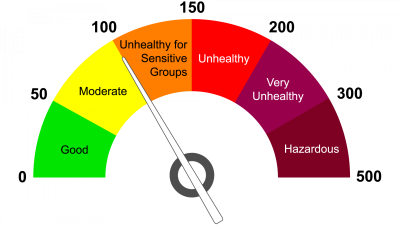What is acid rain?

Acid rain or acid precipitation is a term used to define any kind of precipitation that is abnormally acidic and contains high levels of nitric and sulfuric acids
What one needs to note here is that normal rain is slightly acidic having a pH value between 5 and 5.6. (pH is a measure of how acidic or alkaline a solution is. A solution with a pH value less than 7 is considered acidic while a solution with a pH greater than 7 is considered basic or alkaline.) Meanwhile, the pH levels of acid rain are lower than normal precipitation and stand between 4.2 and 4.4. Acid rain can also settle onto Earth in the form of fog, snow and so forth.
The cause of acid rain is attributed to human activities, mostly resulting from the combustion of fossil fuels. In some cases, it can be a result of natural causes such as lightning, volcanoes, decaying plant and animal matter, and so on. When fossil fuels such as coal, oil, and natural gas are burnt gases such as sulfuric dioxide and nitrous oxide get released into the air.
The reaction of these chemical compounds with oxygen and water vapour in the air leads to the formation of nitric acid and sulfuric acid which then mix with water molecules in the air. Sometimes, they can get blown away across several kilometres before they fall to Earth as acid rain.
Dangers of acid rain
Acid rains can wreak havoc on an ecosystem. Apart from affecting the water bodies, it affects the plants and animals in that area.
When it falls into aquatic sources, it can harm fishes, insects and aquatic animals. The low pH level can kill the adult fishes and even the eggs I wouldn't hatch when the pH level dips below 3. The biodiversity gets significantly affected by acid rain. Just like how it affects the aquatic ecosystem, acid rain is harmful to land-based ecosystems.
The chemistry of the soil gets altered drastically, the pH level gets lowered and nutrients of the soil get leached away. This affects the plants which rely on these nutrients.
Further, when acid rain falls on the leaves of the plants, it causes direct damage. It has also been observed that the eggs of the birds (species such as warblers and other songbirds) in the affected areas tend to have thinner shells.
What can be done to prevent acid rain? Well, the ideal way is to limit the quantity of sulfuric dioxide and nitrous oxide that gets released into the atmosphere.
Picture Credit : Google
